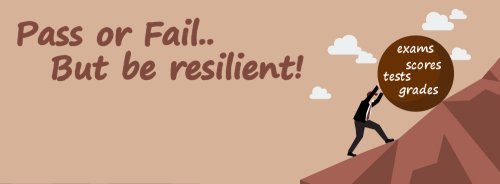 Yesterday I had a meeting with a representative from the British esports Association in relation to esports competitions within schools. As with a lot of technology views are rather polarized, and none more polarized than the views on esports. Either esports is a window into the future and future big business or it is addictive computer gaming and bad for users ability to focus and communicate.
Yesterday I had a meeting with a representative from the British esports Association in relation to esports competitions within schools. As with a lot of technology views are rather polarized, and none more polarized than the views on esports. Either esports is a window into the future and future big business or it is addictive computer gaming and bad for users ability to focus and communicate.
We are already seeing massive investment in esports. Prize money in relation to esports is seeing continued increase. It is also worth considering the industries which are linked with esports including the IT industry, news and media, computer games design and development as well as the advertising and marketing industries. esports is therefore a growing sector, an industry in which an increasing number of jobs are being created which the students we currently teach will need to fill. But only if we appropriately prepare them.
On the negative side, my view is simply one of balance. Students who continuously study and worry about their academic ability can take this to an extreme where it results in health issues including stress. Students wishing to be the top of a given sport may also take this to extremes, training to the point of physically breaking. esport training equally can be taken to extremes however like sport and academic studying, esports can be part of a balanced lifestyle. Only by talking with our students and engaging them in relation to esports can we seek to help them achieve an appropriate balance. One look around a school or a quick listen to playground chatter will tell you that gaming and involvement in basic esports activities is already happening. In schools we can either choose to ignore this or we can seek to get involved and in doing so can help to provide students guidance and a steer in the right direction.
I am looking forward to exploring how esports might become part of a schools offering, how students might be encouraged to take ownership of it and be provided opportunities to develop leadership skills. I look forward to seeing how students work together as a team, how they communicate, problem solve, develop critical thinking skills and develop as esports players. I look forward to developing a community around esports.
Let the games begin……





